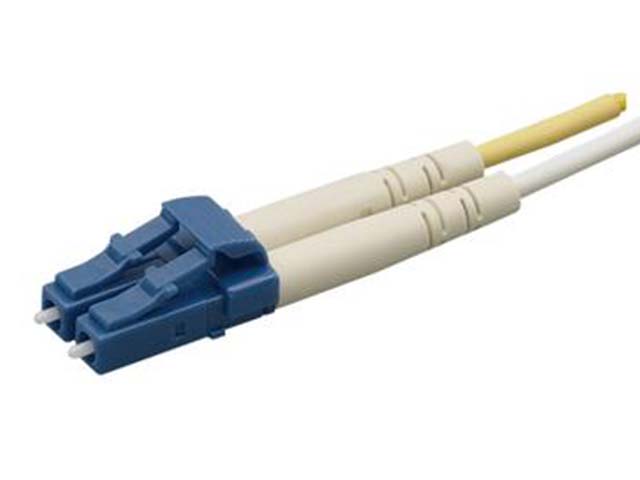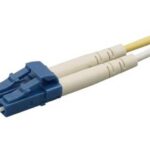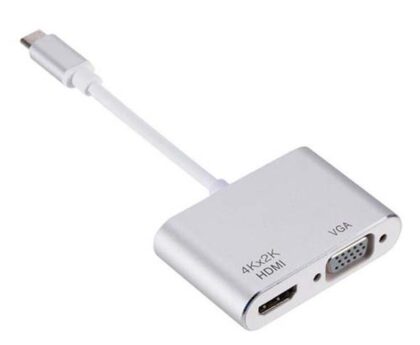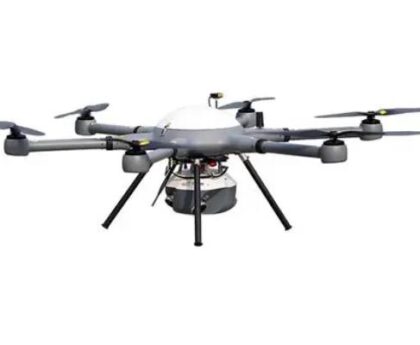In the world of communication and networking, phone jacks and Ethernet are two technologies that are often used to connect devices to a network. While they may seem similar at first glance, they have several key differences that make them better suited for different purposes. In this blog post, we will explore the similarities and differences between phone jacks and Ethernet, as well as their various uses.
Similarities between Phone Jacks and Ethernet
There are a few key similarities between phone jacks and Ethernet that are worth noting:
- Both are used for communication: At their core, both phone jacks and Ethernet are designed to facilitate communication between devices. Whether you are making a phone call or sending a message over a network, both technologies allow you to transmit data from one device to another.
- Both use cables to transmit data: Both phone jacks and Ethernet rely on physical cables to transmit data. Phone jacks use twisted-pair cables, while Ethernet uses cables with thicker insulation and additional shielding.
- Both can be used to connect devices to a network: Both phone jacks and Ethernet can be used to connect devices to a network, whether it is a local area network (LAN) or a wide area network (WAN). This allows multiple devices to communicate with each other and share resources such as internet access and printers.
Differences between Phone Jacks and Ethernet
While phone jacks and Ethernet have some similarities, there are also several key differences between the two technologies:
- Physical differences: One of the most obvious differences between phone jacks and Ethernet is their physical appearance. Phone jacks have a small, circular connector that is typically found in wall outlets or on the back of phone devices. Ethernet connectors, on the other hand, are larger and rectangular, and are often found on the back of routers and other networking equipment.
- Data transmission differences: Another key difference between phone jacks and Ethernet is the way they transmit data. Phone jacks use analog signals to transmit data, while Ethernet uses digital signals. This means that Ethernet is generally faster and more reliable than phone jacks, and can transmit data over longer distances without degradation. Additionally, Ethernet uses a different protocol for transmitting data, known as the Ethernet protocol, which is more efficient than the protocol used by phone jacks.
- Other differences: There are a few other differences between phone jacks and Ethernet that are worth considering:
- Compatibility: Phone jacks are typically only compatible with telephone devices, while Ethernet can be used to connect a wide range of devices including computers, routers, and smart TVs.
- Security: Ethernet is generally considered to be more secure than phone jacks, as it uses advanced encryption techniques to protect data transmission.
- Cost: Ethernet cables are generally more expensive than phone cables, although the cost difference depends on the length and type of cable you need.
Uses of Phone Jacks
Phone jacks have a number of uses, including:
- Traditional telephone service: The most obvious use of phone jacks is to connect a phone to a telephone line, allowing you to make and receive calls.
- VoIP (Voice over Internet Protocol): In addition to traditional telephone service, phone jacks can also be used to connect a phone to the internet, allowing you to make and receive calls using a VoIP service.
- Fax machine: Phone jacks can also be used to connect a fax machine to a telephone line, allowing you to send and receive fax machine.
- Alarm system: Many home alarm systems use phone jacks to connect to a monitoring service. This allows the alarm system to send a signal to the monitoring service in case of an emergency, such as a break-in or a fire.
Uses of Ethernet
Ethernet is a versatile technology with a number of uses, including:
- Local area networks (LANs): One of the most common uses of Ethernet is to create a local area network (LAN) in a home or office. This allows multiple devices to communicate with each other and share resources such as internet access and printers.
- Wide area networks (WANs): Ethernet can also be used to connect multiple local area networks (LANs) together to create a wide area network (WAN). This allows devices on different LANs to communicate with each other and share resources.
- Internet connection: Ethernet is often used to connect a device to the internet, either through a router or directly to a modem. This allows the device to access the internet and use online services.
- Streaming video and audio: Ethernet is often used to stream video and audio, as it offers a more stable and reliable connection than other technologies such as Wi-Fi.
- Online gaming: Ethernet is also preferred by many gamers due to its low latency and high speed, which can provide a more seamless gaming experience.
Conclusion
In summary, phone jacks and Ethernet are two technologies that are used for communication and networking. While they have some similarities, they also have several key differences that make them better suited for different purposes. Phone jacks are typically used for traditional telephone service and alarm systems, while Ethernet is used for a wide range of purposes including local area networks, wide area networks, internet connections, streaming video and audio, and online gaming. Understanding the similarities and differences between these technologies can help you choose the right one for your needs.




